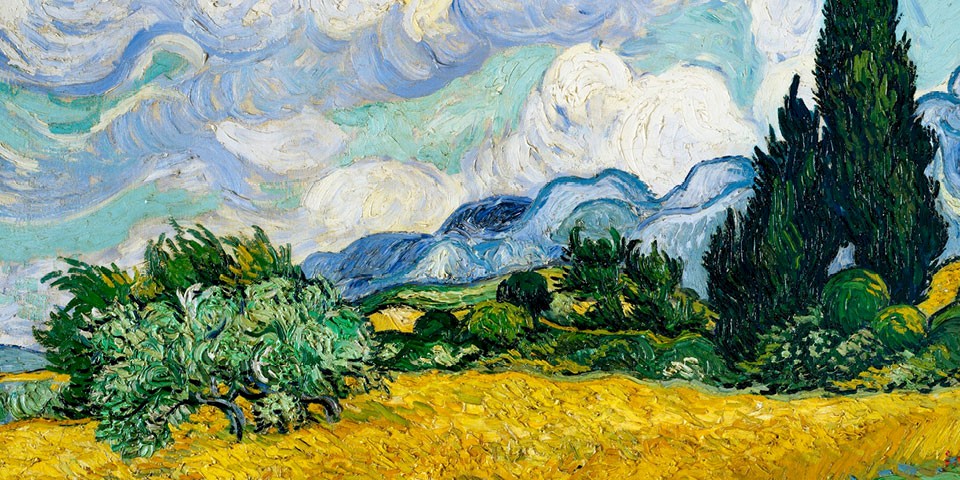The Vital Force Model in Homeopathy
In the descriptions of the Organon §§ 9-17 (Hahnemann, 2017, after the 6th edition by R. Haehl 1921) Hahnemann outlines a teleological concept of regulative self-control (insert link: see autoregulation). The summary of the statements in this Organon passage emphasises several aspects from an epistemological perspective, which Hahnemann formulates as theses:
|
§9 |
The control of life processes is organised in an autoregulatory way, whereby all life processes serve a reason-oriented, higher purpose of existence. |
|
§10 |
Without autoregulation neither life nor disease is possible. |
|
§11 |
Disease always develops on the basis of disturbed regulation, which is shown by the symptoms that arise. The symptoms are therefore the perceptible (with the senses) characteristics of the disturbed regulation. |
|
§12 |
If symptoms are the sole expression of the disturbed regulation, restored health can be assumed if remission occurs and normal regulation resumes. |
|
§13 |
Disease is therefore not a separate, internally existing material entity separate from the organism and its functions. |
|
§14 |
Disease can only be recognised phenomenologically on the basis of findings and the occurrence of symptoms. |
|
§15 |
The living organism and its autoregulation form an inseparable whole, which is why the disturbed regulation and its symptoms are also a unit, even if this is conceptually separated for better understanding. |
|
§16 |
The reactions of autoregulatory processes are influenced by external factors (stressors). They are dependent on the contextual and environmental conditions with which they interact (homeodynamics). Medicines work in a similar way and can therefore be recognised symptomatically in their effect, their observable influence on the psycho-neuro-immunological regulation. The medicinal healing effect is therefore based solely on the observable ability to trigger re-tuning processes |
|
§17 |
The ideal of healing, the complete disappearance of all symptoms and signs of the disease, is based on a reorganisation of autoregulation. If this is achieved through successful treatment, health is restored. This is the highest goal of all medical action. |
This seemingly radical reformulation of the Organon paragraphs may at first glance baffle traditional ideas. However, Hahnemann's theses are quite compatible with the principle of autoregulation, the concept of the self-regulating principle of living organisms to react to external and internal stimuli. Hahnemann's formulations and terms are therefore not to be understood literally, but are explained according to their meaning, through their epochal classification.

